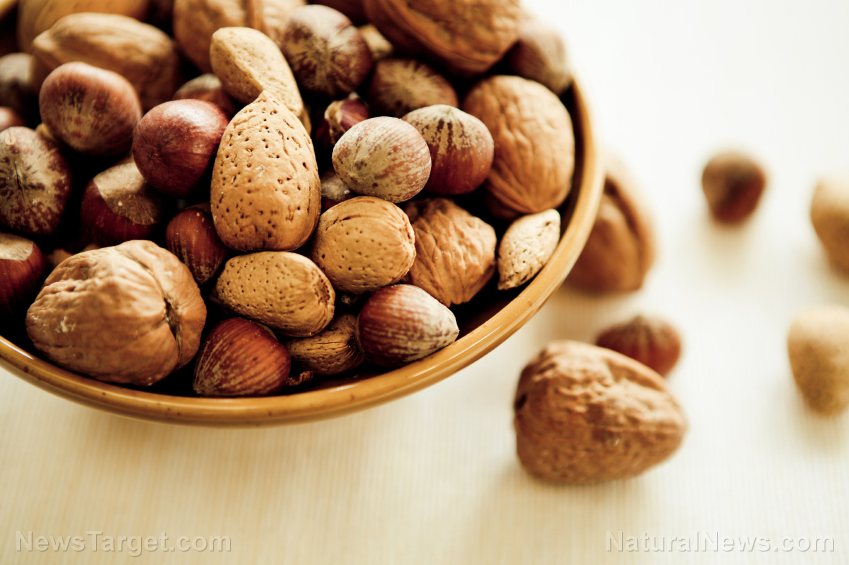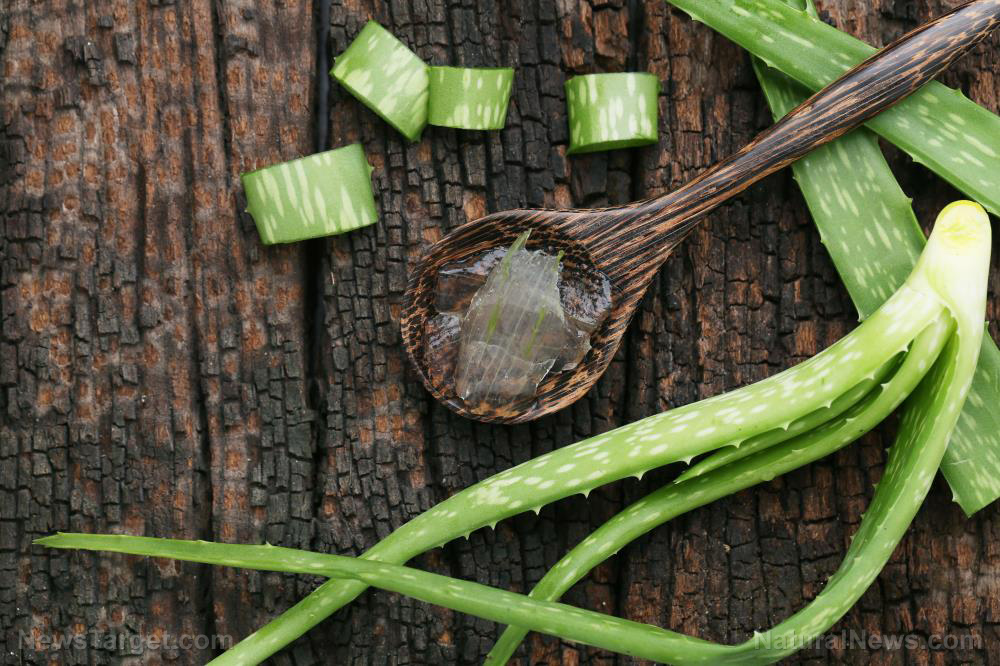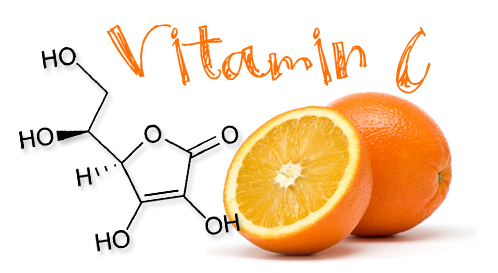Give your digestive system a quick boost by eating sprouted nuts
03/13/2020 / By Evangelyn Rodriguez

Nuts are some of the most nutritious foods on the planet. They are rich sources of vitamins and minerals, as well as fiber, antioxidants and healthy fats. Nuts like macadamia, hazelnuts, almonds and walnuts — although the latter two are technically drupes — also contain high amounts of heart-healthy nutrients, such as omega-3 fatty acids. But while these nuts make healthy, nutrient-dense snacks, they also contain a problematic substance called phytic acid.
Phytic acid is a unique compound found in plant seeds. Although it is used commercially as a preservative because of its antioxidant properties, phytic acid is known to disrupt the absorption of minerals inside the body. Specifically, it binds to calcium, iron and zinc, preventing them from being absorbed easily. Consuming too much phytic acid from food may even cause mineral deficiencies.
Because of its activity, phytic acid is often referred to as an anti-nutrient. Phytic acid is the main storage form of phosphorus in plant seeds, nuts, grains and legumes.
How to reduce phytic acid in nuts
Many healthy, plant-based foods contain phytic acid, but that doesn’t mean you should exclude them from your diet. Although removing all the phytic acid in these foods is virtually impossible, there are ways to reduce its amount considerably. Here are three things that you can do:
- Sprouting — Nuts are considered plant seeds, but not all plant seeds are nuts. Yet you can soak both in clean water (soaking times may vary) and help them germinate afterward to degrade most of their phytic acid content. Sprouting also gets rid of unwanted tannins and enzyme inhibitors in nuts and seeds.
- Soaking — Soaking cereal grains and legumes in water overnight reduces phytic acid content and makes them much easier to digest.
- Fermentation — One of the oldest food preservation methods, fermentation produces acids which promote the degradation of phytate, the form phytic acid takes once seeds germinate.
The combination of sprouting and lactic acid fermentation is said to be the most effective way of decreasing the amount of phytic acid in nuts and seeds.
Why sprouting makes nuts even better
Although sprouting nuts can be time-consuming, it is a worthwhile endeavor as it offers several benefits. Sprouting not only removes phytic acid, it also releases the full flavor of the nuts and makes them taste even better. Sprouted nuts are also crunchier than raw nuts.
Phytic acid, tannins and enzyme inhibitors are known to disrupt digestion; removing them from nuts by sprouting makes it easier for your digestive system to break them down and absorb their nutrient content. Easy digestion also means that the nuts can pass through your gut smoothly instead of causing digestive issues.
In the presence of low amounts of phytic acid, the body can absorb more nutrients from sprouted nuts. Sprouting also reduces the amount of starch in nuts. Hence it is safe to say that sprouting increases the nutritional value of these superfoods. It can also help people who don’t have enough enzymes to break down plant foods completely to benefit from them. (Related: Sprouting seeds unlocks dormant enzymatic potential.)
Sprouting may sound easy, but it requires knowledge of how long different types of nuts need to be soaked and what dehydration method best suits them. Dehydrating sprouted nuts after they germinate is important to increase their shelf life.
To best preserve sprouted nuts, avoid dehydrating them above 120 degrees as this can cause their natural oils to be oxidized and turn rancid.
Sources include:
Tagged Under: anti-nutrients, digestion, enzyme inhibitors, fermentation, Food Preservation, functional food, mineral absorption, minerals, nutrients, Phytic acid, phytonutrients, plant seeds, raw nuts, soaking, sprouted nuts, sprouting, tannins



















